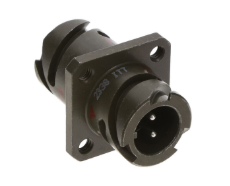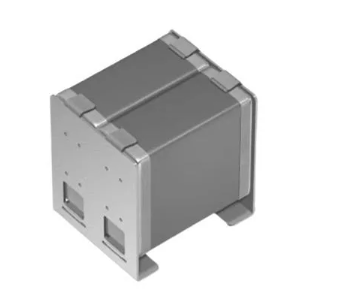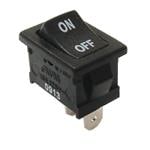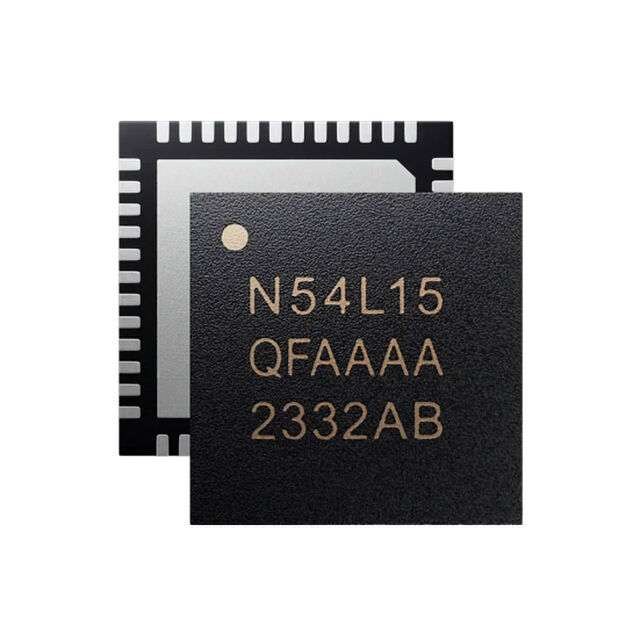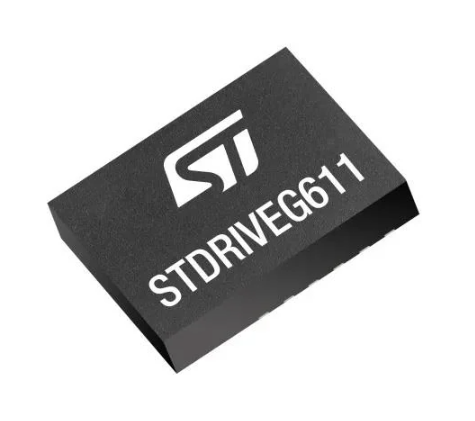Cyborg roaches could help humanity
There are many places that are difficult or dangerous for humans to reach – from disaster zones to extreme or hostile environments. To help humans with this endeavour, robots have been used as a resource, whether for rescue and recovery, data collection, or to reduce risk to human life. However, the use of robots in these scenarios present their own challenges, such as size, energy demands, and complex construction.
However, researchers at Osaka University and Diponegoro University may have found an alternative: a cyborg cockroach.
A biohybrid borg
The team’s research centres around the Madagascar hissing cockroach – chosen for its size, toughness, and ability to carry small loads without harm. The insect is fitted with a lightweight electronic ‘backpack’ that can guide its movements. The result is a living creature enhanced with technology responding to commands while navigating the world on its own legs, essentially, a cyborg.
The team refers to this as a biohybrid system – meaning it is a combination of biological components (in this case, the cockroach) and mechanical parts (the control electronics and sensors). The benefit of this system is that the researchers are able to use the insect’s natural movement and awareness while providing direction through external signals.
Natural reflexes merge with programmed control
To steer the cockroach, the system sends tiny electrical pulses to its antennae and cerci. These are the cockroach’s natural sensors for detecting threats or objects nearby. By stimulating these points, the system can trigger instinctive responses – for example, turning left or right, or moving forward.
A built-in gyroscope allows the system to monitor the cockroach’s movements in real time. This feedback ensures that if the insect turns or moves unexpectedly, the controller can adjust its signals accordingly.
This method doesn’t overwrite the insect’s behaviour, but it instead nudges it in a desired direction using what it already knows how to do.
Navigating dense environments
The researchers tested their cyborg cockroach in a complex environment designed to mimic real-world obstacles. The cockroach demonstrated a capacity to avoid obstacles and navigate confined areas more effectively than a comparably sized wheeled robot.
One key strength of this approach is energy efficiency. Because the cockroach powers its own movement, the system only needs to manage communication and sensing. This allows the electronics to remain lightweight and run on minimal power.
Another strength is flexibility. The insect’s natural ability to squeeze through gaps, adapt to changing terrain, and respond to touch or vibration makes it ideal for situations where traditional machines would struggle or fail.
Real-world applications
The long-term vision is to create scalable, low-cost systems that could be deployed in swarms where potential uses include search and rescue missions, particularly in collapsed structures or earthquake zones, and environmental monitoring in spaces unsafe or impractical for humans or robots.
Because the system uses simple circuitry and requires no complex programming, it can be reproduced easily and adapted to different conditions, a boon for fields deployment where adaptability and speed are essential.
The project demonstrates how combining natural instincts with minimal electronics can lead to new forms of robotics.


